Franklin Place, 5 Franklin Place: Review and Ratings
between White Street & Franklin Street View Full Building Profile


This extremely handsome, 20-story apartment building at 5 Franklin Place between White and Franklin Streets was developed by the Elad Group and designed by Eren Chen of O.D.A.
Andres Escobar did the interiors.
It was scheduled for completion in 2015 and has 53 apartments.
It is known as Franklin Place and is also known as 371 Broadway.
Bottom Line
Although the previous design Ben van Berkel of UN Studio proposed for this TriBeCa site was very spectacular and very beautiful, this new design by Eran Chen of ODA is completely different but also very impressive.
Description
This mid-block building is set-back on its cobble-stone street considerably.
It entrance is divided into three tall and thin empty boxes behind a large gilded abstract sculpture and flanked by tall walls of foliage.
The two-story lobby has a large glass wall facing the street in front of its concierge desk and a 10-stack-high library wall with rolling ladder beneath a floating hung ceiling and a tall circular column.
The three entrance boxes are repeated thematically in the fitness center, which also has a very large and lush tall wall of foliage.
The roof deck has a large swimming pool and abacus-style tall fenced compartments.
The children’s playroom has two large blackboards with pinched edges next to a wall with three large pinched storage shelving and a grand piano and black and white table seating and a black-and-white checkered floor.
The façades use narrow gray brick similar to those employed at 41 Bond Street.
The building is slightly cantilevered over an adjacent building in two small stages and these are setback from the front of the tower with corner windows.
The façade is divided into two sections consisting of two multi-paned windows and one multi-paned spandrel and each of these sections has slightly protruding frames that slant inwards slightly.
The top of the tower has three setbacks and the top floor of each window bay slants upward to a far greater extent than other floors.
Amenities
Roof deck with pool and cabanas, doorman, concierge, live-in superintendent, storage, bicycle storage, children’s playroom, parking and sidewalk landscaping.
Apartments
Penthouse C is a four-bedroom duplex unit with 3,241 square feet with a 30-foot-long living room and a 29-foot-long dining room with an open kitchen with an island, and two bedrooms on the top floor and two more bedrooms on the lower level.
Penthouse D is a three-bedroom unit with 2,388 square feet with a 24-foot-long living room adjacent to a 30-foot-long dining room with an open kitchen and a 45-foot-long terrace and a bedroom on the upper level and a 16-foot-wide entry foyer and two bedrooms on the lower level.
Apartment 17B is a four-bedroom unit with 2,557 square feet and a 45-foot-long living/dining room with an open kitchen with an island.
Apartment 17A is a four-bedroom unit with 2,627 square feet, a 30-foot-long living/dining room with an open kitchen with an island and an 8-foot-wide balcony. The master bedroom also has an 8-foot-wide balcony.
Apartment 16A is a four-bedroom unit with 2,924 square feet and a 30-foot-long living/dining room with an open kitchen with an island and a 55-foot-long terrace.
Apartment 11D is a two-bedroom unit with 1,702 square feet and a 24-foot-long living/dining room with a 10-foot-wide, open, pass-through kitchen. The master bedroom is 32-feet-long.
History
The project was acquired in 2006 for $36,600,000 by Sleepy Hudson LLC., of which Leo Tsimmer and David Kislin were principals and which developed the High Line 519 condominium building at 519 West 23rd Street that was designed by Lindy Roy and was notable for its cloud-like scrims on its balconies.
Sleepy Hudson commissioned UN Studio for its building at 5 Franklin Place.
UN Studio was founded in 1998 by Ben van Berkel and Caroline Bos and, according to its website, its projects include the Battersea Weave Office Building in London, the Light*House in Aarhus, Denmark, the Mercedes-Benz Museum in Stuggart, Germany, the Groninger Forum in Groningen, The Netherlands, the World Business Centre in Busan, South Korea, the Ciudad del Motor in Alcaniz, Aragon, Spain, and the Auditorium della citta di Padova in Italy.
In 1998, van Berkel designed the Mobius House in Het Gooi, The Netherlands, which illustrated his belief, the press release stated, "that orthodoxies exist to be challenged, including the increasingly stale tropes of glass-sheathed, square box Modernism."
A press release issued in April, 2008, provided the following commentary on the project:
"The building will be wrapped in an optically dazzling, constantly shifting pattern of horizontal black metal bands sewn onto its form the way decorative seams and pleats are sewn onto a luxurious couture garment. A direct homage to the applied metal façade decoration of TriBeCa's celebrated 19th Century cast iron architecture, these gleaming reflective ribbons will grow thinner and thicker, wrapping the entire tower and moving softly around corners to give the whole structure an etched effect and curvilinear softness, while reflecting the evolving light of day, the clouds and the colors of the city in one of the most dramatic compositions attempted in modern Manhattan’s recent building boom."
"Thanks to strategic twisting and torquing,” it continued, “his façade bands will serve as essential functional elements of the tower as well, transforming into balconies for more than half of the building's residences, terraces for the penthouses at the top, and sunshades that deflect heat and protect all of the structures interiors from excess sunlight....The horizontal and mutable qualities of van Berkel’s façade bands have been brought inside and translated into broad horizontal spatial arrangements; carefully placed curved walls that echo the soft corners of the ribbons outside and shift to allow for maximum flexibility in the use of rooms; balconies shaped to loop residents' movements back indoors; and highly-engineered, custom features and fixtures for kitchens and bathrooms designed by van Berkel and fabricated by renowned design manufacturer B&B Italia....Bathrooms, for example, will have circular sliding doors so that baths can become part of bedrooms and share the same views – and to introduce an alternative to the now standardized rectilinear interiors of contemporary condominium architecture in New York City."
Sleepy Hollow went into default on its $28,250,000 acquisition loan.
A September 2, 2011 article by Sarah Kershaw in The New York Times provided the following commentary about the building:
“Every detail of 5 Franklin Place was mapped out: Bosch washers and dryers, cantilevered staircases wrapping around cylindrical glass elevators and a façade with reflective black metal banks that would twist like ribbons and, just maybe, make Frank Gehry squirm.
“But the condominium planned for TriBeCa with the dizzingly ambitious vision of a small development firm, and an exotic design by the Dutch architect Ben van Berkel, may stand out as one of the worst casualties of the city’s banking housing crises.
“…Now a foreclosure auction for the property, with a $47.04 million lien on it, is scheduled for Sept. 12. The minimum bid on the TriBeCa property must be higher than the lien, which includes the $28.25 million the developers originally borrowed to finance the project, as well as the interest rates, penalties and fees that piled up after they defaulted on the mortgage, according to Calin Onet, a marketing analyst for Property Shark….If no one bids that high – or bids at all – the real estate investment firm that acquired the mortgage note on the property for about $48 million last December, Glacier Global Partners, will obtain ownership.”
The article said that Sleepy Hollow’s lender, Canyon Capital Realty Advisors, had assured them of additional loans that would finance the construction but after Bear Stearns encountered financial problems the lender told the developers there would be no new loan and construction was halted after five floors.
UN Studio’s design was one of the most stunning in the city recent years, one that aesthetically came to together more poetically than the highly publicized designs of Zaha Hadid and others. It was a fabulous black diamond.
Eran Chen’s design is very fine modernism with esoteric finesse combining various interesting aesthetics even if it stops short of being a bombshell.
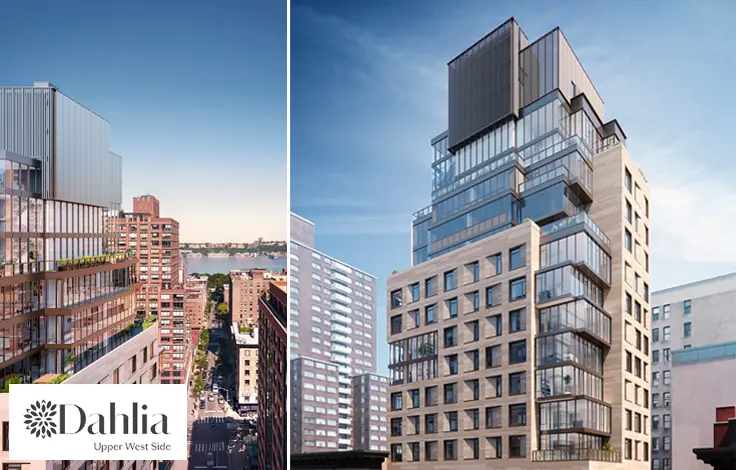
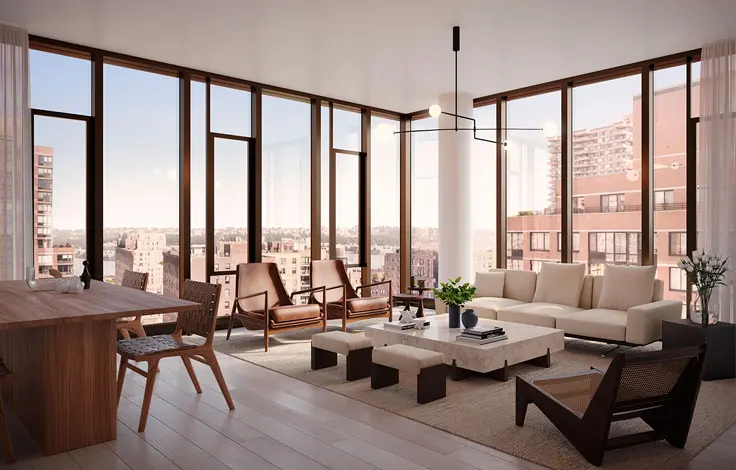
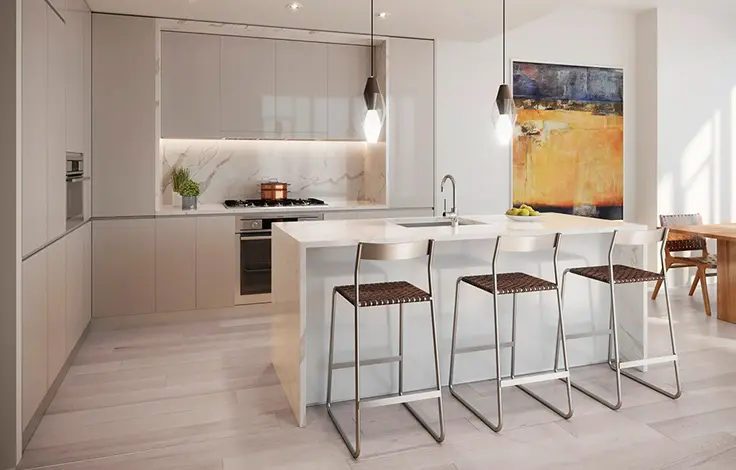
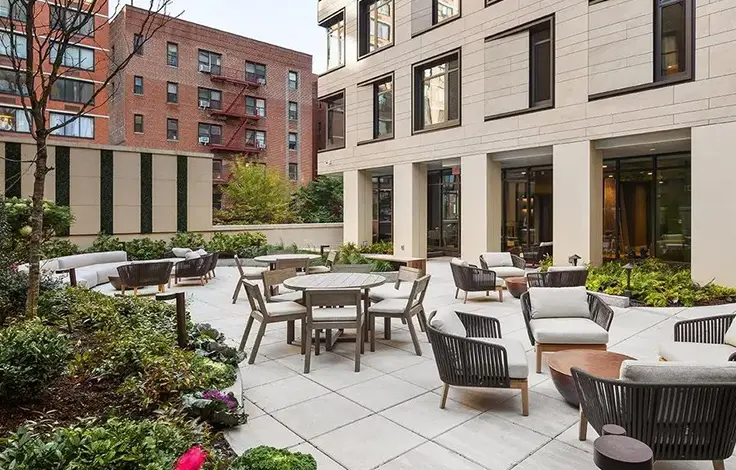
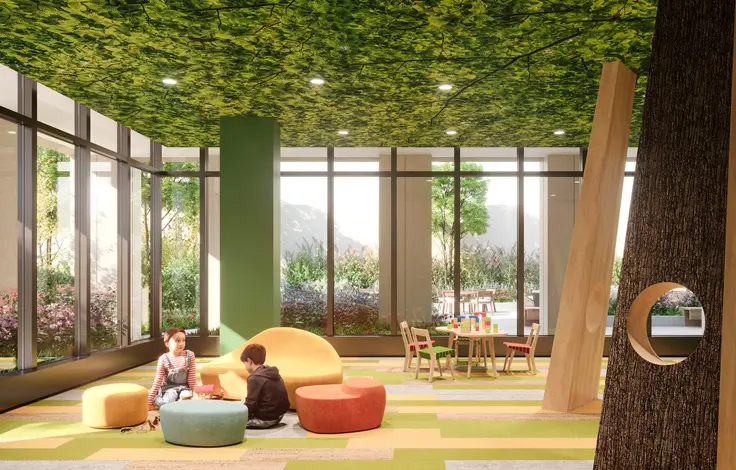
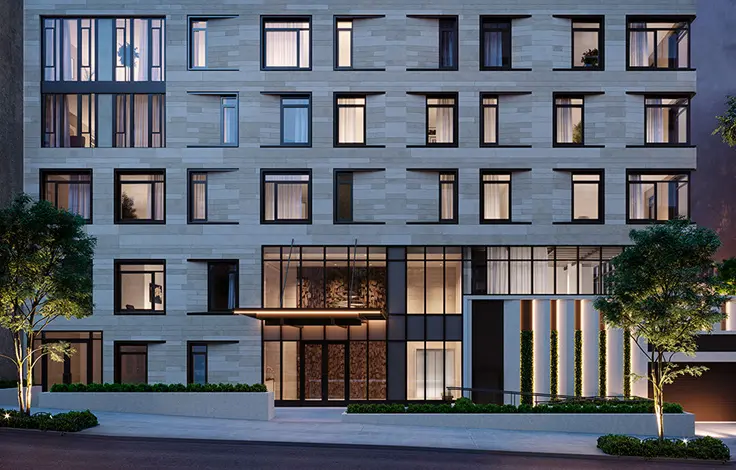
 6sqft delivers the latest on real estate, architecture, and design, straight from New York City.
6sqft delivers the latest on real estate, architecture, and design, straight from New York City.
